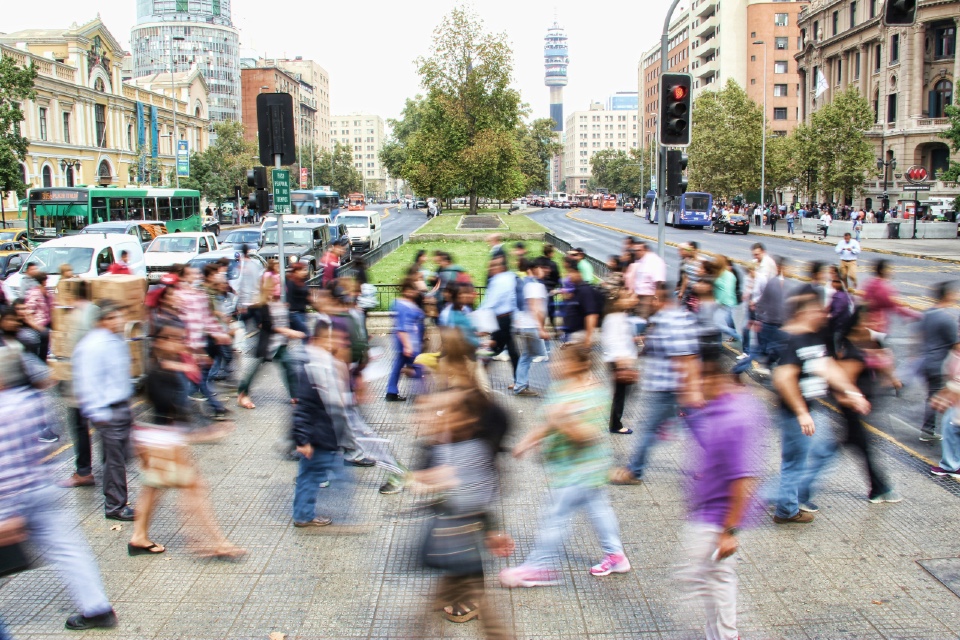Facial recognition technology has become a vital part of the UK’s security infrastructure – evolving far beyond its traditional role in access control. While facial recognition was once primarily used for secure entry systems, it is now driving innovation across a broader range of security applications, from surveillance analytics and visitor management to attendance tracking and real-time threat detection. For public institutions and corporate environments alike, this shift reflects a growing demand for proactive, intelligent, and frictionless security solutions that can improve safety without compromising operational efficiency…
1. Surveillance Analytics and Real-Time Monitoring
Facial recognition is being integrated into video surveillance systems to provide automated monitoring and situational awareness. AI-powered analytics can now identify known individuals, detect suspicious behaviour, and alert security teams in real time.
✔ Law enforcement agencies are using the technology in public spaces to monitor for persons of interest or flagged individuals
✔ Corporate campuses are deploying it to enhance perimeter security and monitor for unauthorised entry without constant human supervision
✔ Events and transport hubs are benefiting from faster incident response by linking camera footage to identity databases
These systems enable organisations to transition from passive surveillance to proactive threat detection, enhancing the overall resilience of their security infrastructure.
2. Visitor Management and Workplace Efficiency
In corporate and public sector facilities, facial recognition is streamlining visitor registration and check-in processes. Instead of manual ID verification or badge printing, visitors can pre-register and be granted fast, contactless access upon arrival.
✔ Enhances security by verifying identity with high accuracy
✔ Improves the visitor experience and reduces bottlenecks at reception
✔ Creates digital logs for audit, compliance, and emergency evacuation planning
For high-traffic environments such as hospitals, offices, and government buildings, this integration supports both security and customer service goals.
3. Attendance and Workforce Tracking
Organisations are also applying facial recognition to track employee attendance in secure or regulated environments. This replaces manual sign-ins or badge swipes, reducing administrative burden and preventing time fraud.
✔ Ensures accurate attendance records for payroll and compliance
✔ Helps manage workforce flow in hybrid or shift-based workplaces
✔ Can be linked to HR and building management systems for deeper insights
4. Ethics, Privacy and Compliance
While adoption is growing, facial recognition comes with challenges around privacy, bias, and data protection. Responsible implementation requires:
- Transparent communication with staff and visitors
- Compliance with UK GDPR and surveillance camera codes
- Regular audits and bias testing of facial recognition algorithms
Facial recognition technology is evolving from a point solution into a multi-functional security asset. As public and corporate sectors expand its use beyond access control, the focus is shifting to integrated, ethical, and intelligent systems that deliver safer, smarter environments—without adding friction to everyday operations.
Are you searching for Facial Recognition solutions for your organisation? The Total Security Summit can help!
Photo by mauro mora on Unsplash






